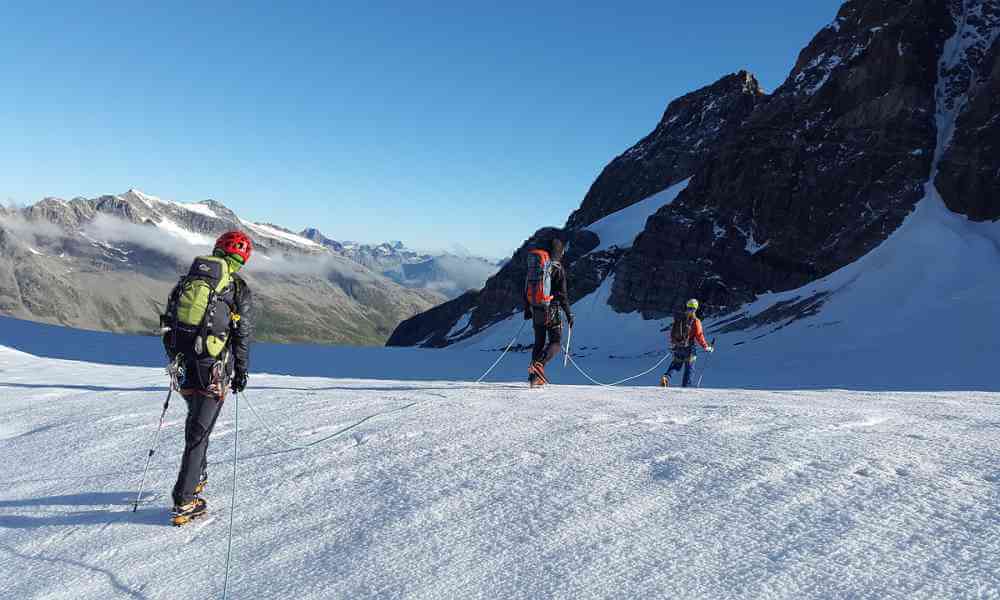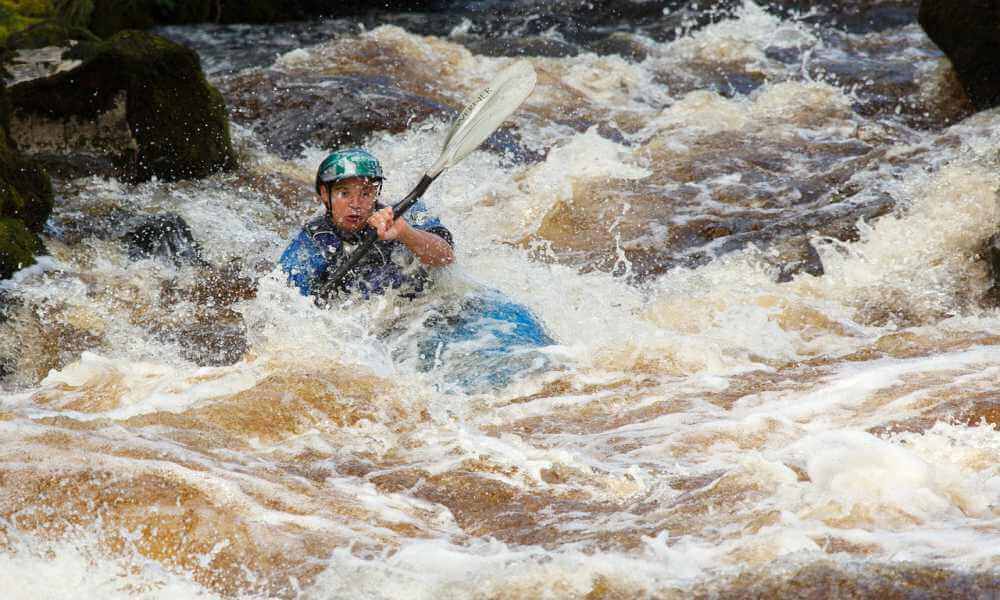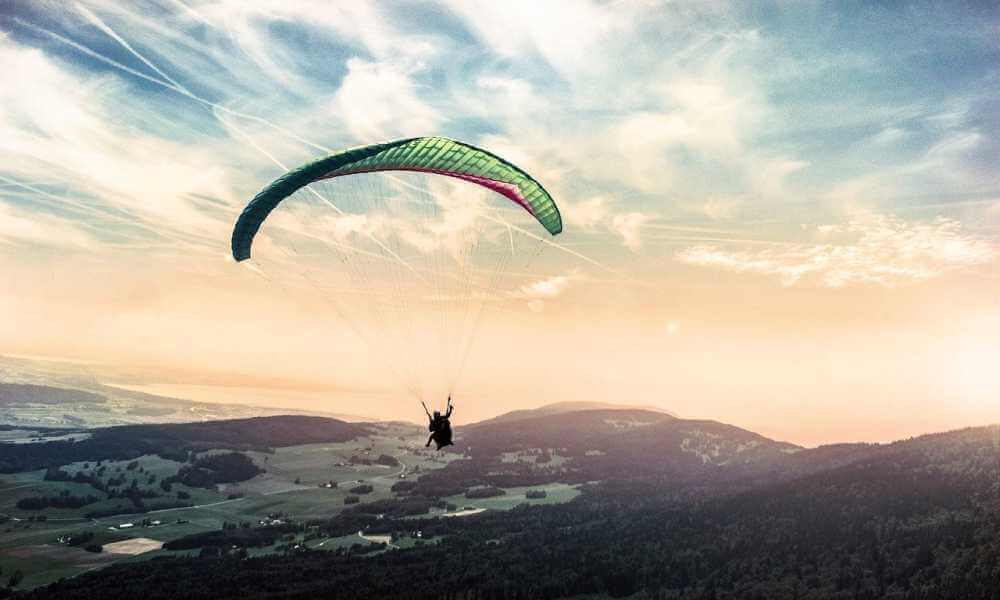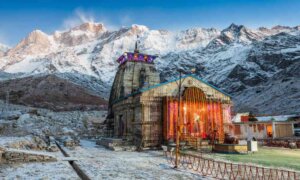Types of Adventure Tourism: Adventurous travels have been an age old practice for the humans, as old as the human history. People have been travelling for food, shelter, health, business, leisure and out of curiosity for time immemorial. We have good examples of adventurous travelers like Marco Polo, Captain James Cook, and Sir Ernest Shackle ton, who had primarily scientific, geographic, or colonial motives for travel but at the core were some of the first Adventure travelers. Following are the types of adventure tourism.
1. Land Based Adventure Activities
The land based adventure tourism activities are those activities which are done on land, mountains, snow, ice, rock. Trekking, Mountaineering, Skiing, Heliskiing, Rock climbing, Mountain biking are some examples of this type of Adventure tourism activities. Some important land based adventure activities in India are as under –
Trekking
The word “Trek” is believed to have been evolved from the Afrikaans word “trek”, meaning a long arduous journey, typically on foot.
Trekking is thus a long, adventurous journey undertaken on foot in remote areas which lacks common means of transport. Trekking and mountaineering should not be confused and definitely not considered as one.
Trekking requires normal levels of fitness, minimal use of sophisticated equipments and low budget levels. The trekking gear generally includes a backpack, pair of trekking boots, coat, water bottle, food that would last you during your entire trek dry fruits are preferred, sweets and packed food etc, first aid kit, flashlight, sunscreen, sunglasses, map and friend or local guide one should never climb alone.
Mountaineering
Mountaineering is much specialized kind of an Adventure Sports; it requires highest level of fitness, technical skills and training and special equipment as compared to trekking. Mountaineering is done at higher altitudes than trekking. Mountaineers have to encounter a high level of risk and rough weather. A mountaineer should be well trained in using the specialized mountaineering equipments and ropes and also should be a good rock climber, ice climber and skier.

Skiing
Skiing today which is considered as an athletic activity, was a prime means of transportation invented by distant ancestors of the modern day Sami, which today forms parts of far northern Sweden, Norway, Finland, the Kola Peninsula of Russia. Skiing is basically a technique of walking over the snow using skis strapped to one’s feet. Skis are tied to skiing boots through a binding. Ski poles or “stocks” are used to maintain balance and increasing for speed.
Skiing can be grouped into two categories:
Nordic Skiing and Alpine Skiing.
Nordic skiing, this type of skiing is believed to have originated in Scandinavian mountains. What differentiates Nordic Skiing from Alpine Skiing is that Nordic Skiing is basically a combines the technique of walking, skiing downhill, plains and uphill on the snow. It uses free-heel bindings that attach at the toes of the skier’s boots but not at the heels. Types of Nordic skiing include – Cross-country skiing, Ski jumping and Telemark.
Alpine skiing, this type of skiing is believed to have originated in the European Alps. Fixedheel bindings that attach at both the toe and the heel of the skier’s boot differentiate Alpine Ski from Nordic Ski. In alpine skiing the skiers mostly descend down a mountain or a ski slope and thus is commonly called “downhill skiing”.
Popular Sking slopes in India-
Kurfi
Narkanda
Solang Nala, Manali
Gulmarg
Wardwan valley Ladakh
Auli
2. Water Based Adventure Activities
Water based adventure tourism is experienced in the rivers, lakes, water reservoirs of dam and seas. The fundamental requirement for all to get involved in these sports is that one must know swimming & technical skills, though novice can also learn these sports with beginner courses at National Institute of Water Sports, Goa; Directorate of Mountaineering and Allied Sports, Manali; Water Sports Centre, Bilaspur & Regional Water Sports Centre, Pong Dam in India. The various water based activities are like White Water Rafting, Water Skiing, Canoeing and Kayaking, Scuba Diving, Snorkeling, Angling and Fishing.
Some important water based adventure activities in India are as under –
White water rafting

Rafting is believed to have originated from the United States. Rafting or white water rafting is a challenging recreational outdoor activity where the rafters use an rubber inflatable boat known as “Raft” to travel down a fast flowing river. The modern raft is a multi chambered inflatable rubber boat consisting of very durable, multi-layered rubberized (hypalon) or vinyl fabrics (PVC). There are six grades (1 being the lowest and 6 highest) of difficulty in white water rafting, depending on the difficulty and technicality of the rapids in a particular river.
Rafting Equipments and Accessories
- Life Vest
- Paddles
- Throw-Bag
- Helmets
- Dry Bag
- First Aid
Popular Rafting Sites in India
Rishikesh
Padum and Zimo
Ladakh
Sikkim, Darjeeling and Kalimpong Hill Region
Kolad
Coorg
Kayaking
People have travelled rivers and other water bodies from time immemorial. The modern day kayak is believed to have originated about 8,000 years ago along the Siberian coast line by the Yupik in Alaska. Transformed from an open canoe into an enclosed kayak .Kayaking is a thrilling recreational water sports using a kayak to paddle down a fast flowing river. Kayaking ranges from simple, carefree gently moving waters to demanding, dangerous white-waters. This sport requires high amount of training and physical fitness standards as compared to boating or rafting.

Wind Surfing
Wind Surfing is a flat water adventure sports, that combines sailing & surfing. This sport uses wind force to move sail boat & directional control is done by shifting the sail position & body weight. Wind surfing requires a lot of training & practice & is generally practiced in open seas.
3. Air Based Adventure Activities
Air based adventure activities involve jumping off from great heights, that cloud be from an aircraft, a hot air balloon or from a high elevation landscape. The various airborne adventures include –
Sky diving
It involves jumping off from great heights from an aircraft or a hot air balloon with deploying the parachute initially for some time to get the sense of thin air, air brushing off the face. It is also known as free fall. The divers release the parachute only after some predetermined height. This involves correct predictions on the time to open the chute and is done only by trained and extreme adventurers.
Parachuting
It is very similar to the free fall, except the diver unfurls the parachute immediately after jumping off. It is much safer the sky diving and hence is more open to the common adventurers.
Hand gliding
It makes use of semi-rigid wing like structures, called gliders, which helps to glide (or fly) in the air and the maneuverability is achieved by shifting the weight to get the directional control.
Para sailing
It involves lifting the person by means of a winch to a few hundred feet and then descending using a parachute. A Parasail, a parachute is attached to a four wheel vehicle or a motor boat & when the transportation medium moves, a person starts flying in air after taking few steps due to the resistance of parasail on the force of wind. In order to do parasailing no much training is required.
Bungee jumping
The diver jumps off from a bridge or any landscape offering good elevation of a few hundred feet. The diver is tied to a bungee cord, a high elasticity nylon fiber chord, to absorb the shock at the end of the jump. This is the most popular adventure sport in the country.

Paragliding
A paraglide is a non-motorized, foot-launched inflatable wing. Made of rip stop nylon or high stress polyester fabric. The pilot sits in a sitting position strapped to a harness. The harness is further attached to the Paraglide by thin but string Kevlar lines. The pilot can remain air borne for hours is winds are favorable, travel long distances and can attain an altitude of more than 10,000 feet’s. Pilot wears a helmet and a reserve parachute for safety and a variometer to gauge the ascent or descent of the glider. The paraglide use hot air belts in the atmosphere known as thermals to gain altitudes and to travel long distances.




